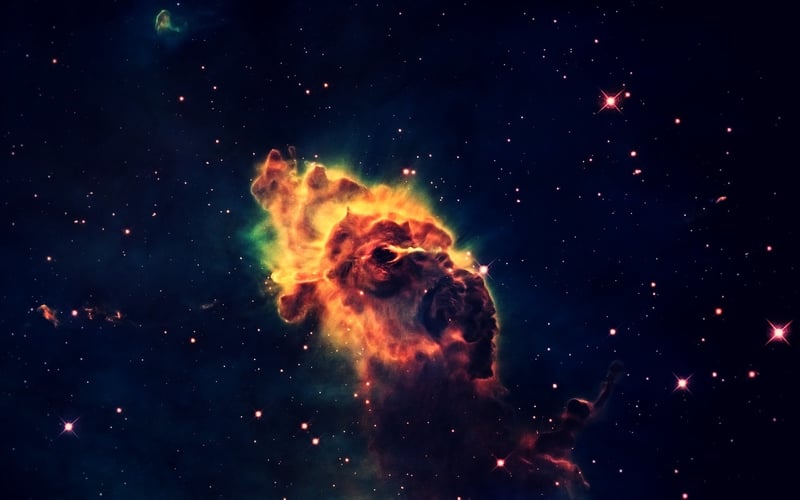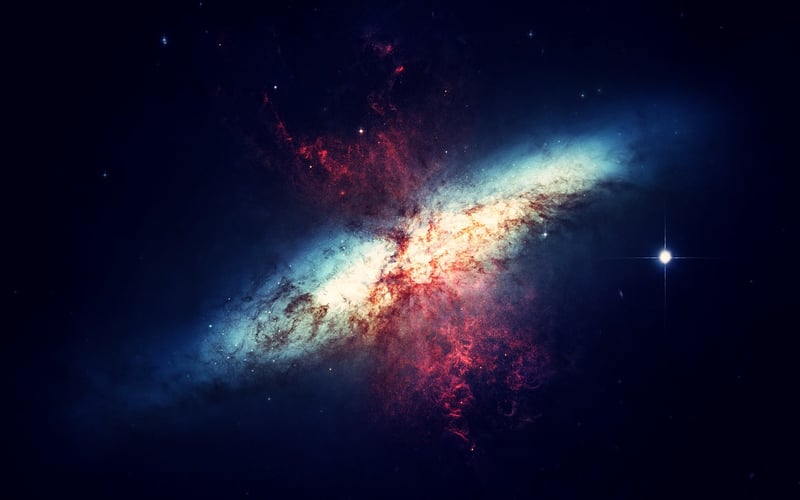Cosmic Energy Sources
Unraveling the Unknown: Cosmic Energy Sources
Have you ever gazed up at the night sky and wondered about the vast cosmic energy sources that power the universe? From the dazzling stars to the mysterious dark matter, the cosmos is filled with energy sources that continue to captivate scientists and enthusiasts alike.
The Sun: Our Local Star
At the heart of our solar system lies the Sun, a massive ball of burning gas that provides light and warmth to Earth. Through the process of nuclear fusion, the Sun releases an immense amount of energy, which sustains life on our planet.

Stellar Nucleosynthesis: Birth of Elements
Stars are not just twinkling lights in the night sky; they are cosmic factories that produce elements essential for life. Through stellar nucleosynthesis, stars forge elements like carbon, oxygen, and iron in their cores, releasing energy in the process.

Black Holes: Gravity's Extremes
Black holes are enigmatic cosmic objects with gravitational forces so strong that not even light can escape their grasp. Despite their dark nature, black holes emit energy through processes like accretion disks and powerful jets.

Dark Energy: The Cosmic Accelerator
Dark energy is a mysterious force that permeates the universe, driving its accelerated expansion. While its exact nature remains elusive, dark energy accounts for a significant portion of the total energy in the cosmos.

Conclusion
The cosmos is a treasure trove of energy sources, each playing a unique role in shaping the universe as we know it. By studying these cosmic energy sources, scientists gain valuable insights into the fundamental workings of the cosmos, unraveling its mysteries one discovery at a time.
Next time you look up at the night sky, remember that the twinkling stars and dark voids hold within them the secrets of cosmic energy that continue to inspire and intrigue us all.
